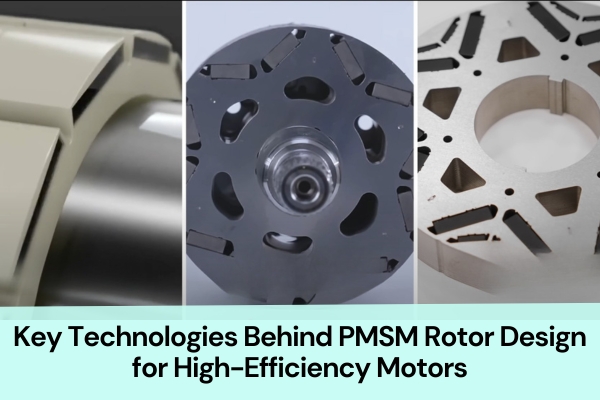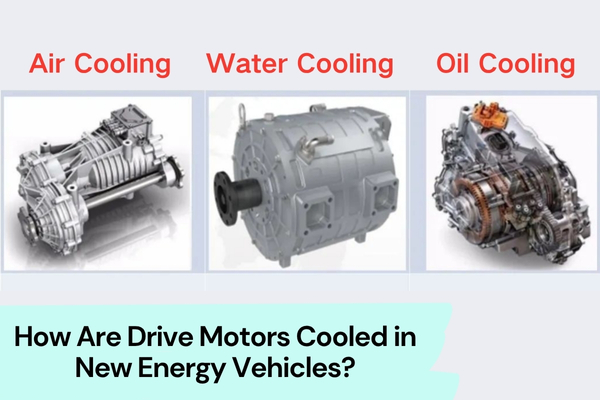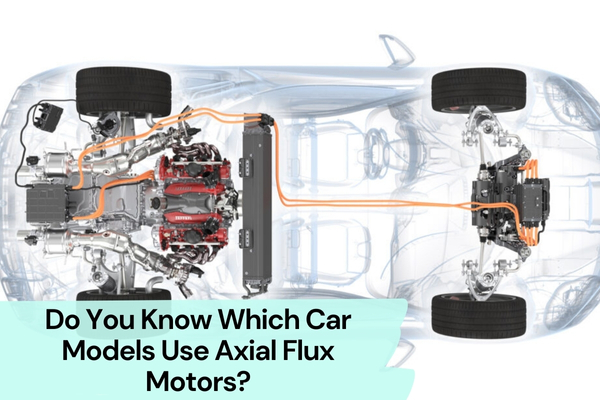Ever wondered what makes an electric bike zip through the streets effortlessly? As a leading hub motor manufacturer in China, with years of experience under our belt, we know exactly what it takes to power these amazing machines. Hub motors are the heart of an ebike, providing the smooth, reliable performance that riders love.
Today, we’re excited to share our expertise with you, breaking down everything you need to know about hub motors for electric bikes. Whether you’re a seasoned e-bike enthusiast or just getting started, this guide will give you the insights you need to make informed decisions. Let’s dive in!
What is a Hub Motor for Electric Bike?

A hub motor is a type of brushless electric motor that’s integrated directly into the wheel hub of an electric bike. Unlike mid-drive motors, which are placed near the bike’s crankset, hub motors deliver power directly to the wheel, making them efficient and straightforward.
They come in two main types: front hub motors, which are installed in the front wheel, and rear hub motors, which are located in the rear wheel. Both options offer different riding experiences, with rear hub motors generally providing better traction and balance.
Hub motors are available in various power ratings, typically ranging from 250W to 1000W, allowing for different speeds and levels of assistance depending on the rider’s needs.
Types of Hub Motors for Electric Bikes
1. Geared Hub Motors

Geared hub motors are compact and lightweight, featuring a system of internal gears that multiply the motor’s torque. This design allows for better performance on hills and at lower speeds, making them ideal for city commuting and off-road adventures.
The internal gears allow the motor to spin at a higher RPM, which is then reduced by the gears to provide more torque to the wheel.
However, the presence of gears means there are more moving parts, which can lead to wear and tear over time.
2. Direct Drive Hub Motors:

Direct-drive hub motors are larger and heavier but offer a simpler design. They operate by directly turning the wheel without the use of internal gears. This results in a quieter operation and fewer moving parts, which translates to lower maintenance.
Direct drive motors are known for their ability to handle higher speeds and offer regenerative braking, which can extend the battery life.
However, they tend to be less efficient at lower speeds and on steep inclines compared to geared hub motors.
Comparison Between Geared and Direct Drive Hub Motors
| Feature | Geared Hub Motors | Direct Drive Hub Motors |
| Efficiency | High efficiency at low speeds and inclines | High efficiency at high speeds |
| Maintenance | Requires more maintenance due to internal gears | Lower maintenance with fewer moving parts |
| Performance | Better torque and handling on hills | Quieter operation and suitable for higher speeds |
| Weight | Lighter and more compact | Heavier and bulkier |
| Regenerative Braking | Not typically available | Commonly available |
Advantages and Disadvantages of Hub Motors for Electric Bikes
Pros:
1. Essentially Maintenance Free:
Hub motors are known for their durability and low maintenance. With fewer moving parts compared to mid-drive motors, they require less frequent servicing, making them a reliable choice for daily riders.
2. Highly Affordable:
One of the key benefits of hub motors is their cost-effectiveness. They are generally more affordable than mid-drive motors, making electric bikes with hub motors accessible to a wider range of consumers.
3. Many Options Available:
Hub motors come in various configurations, including different power ratings and installation options (front or rear wheel). This versatility allows riders to choose a motor that best suits their riding style and needs.
4. Direct Drive Offers High Top Speeds:
Direct drive hub motors are capable of reaching higher top speeds, making them ideal for riders who prioritize speed. These motors are also quieter in operation, enhancing the overall riding experience.
5. Thumb Throttles Are Available:
Hub motors often come with the option of a thumb throttle, allowing riders to control the motor’s power output without pedaling. This feature is particularly useful for riders who want more control over their bike’s acceleration.
6. Functions Independently of the Drivetrain:
A significant advantage of hub motors is that they operate independently of the bike’s drivetrain. This means that even if the chain breaks, the motor can still power the bike, ensuring you’re not left stranded.
Cons:
1. .Efficiency Requires More Battery Power:
Hub motors are generally less efficient than mid-drive motors, requiring more battery power to achieve the same level of performance. This can result in shorter ride times and the need for a larger battery.
2. Heavy and Throw Off the Center Balance:
Hub motors are heavier than other motor types, which can throw off the bike’s center balance. This added weight, especially in the rear wheel, can affect handling and make the bike feel less stable.
3. Can Fail Easily Due to Sustained Power Output and Overheating:
Sustained power output, especially at high speeds, can lead to overheating in hub motors. Over time, this can cause the motor to fail, requiring repairs or replacements.
4. Cadence Sensor Has an Unnatural Pedaling Feel:
Many hub motors use a cadence sensor to engage the motor, which can result in an unnatural pedaling feel. This can be jarring for riders who are accustomed to a more seamless integration of motor assistance.
How to Choose the Right Hub Motor for Your Electric Bike

Assessing Your Needs:
Start by evaluating your riding style, terrain, and how often you’ll use the bike. If you plan to ride on hilly terrain or need more torque, a geared hub motor may be best. For flat roads and higher speeds, a direct drive motor might be more suitable.
Comparing Power Ratings:
Choose a power rating that matches your needs. For casual city riding, 250W to 500W should suffice. For more demanding rides, consider 750W or higher.
Compatibility with Bike Frame:
Ensure the hub motor is compatible with your bike’s frame and wheel size. Check the dropouts and spacing to avoid any installation issues.
Brand and Manufacturer Reliability:
Select a hub motor from a reputable brand. A reliable manufacturer ensures better quality, support, and longevity for your motor.
Conclusion
Choosing the right hub motor for your electric bike is crucial to ensuring a smooth, enjoyable ride. Whether you’re looking for speed, power, or reliability, understanding your needs and selecting a motor that fits your bike is key. We hope this guide has given you valuable insights into making an informed decision. What are your thoughts on hub motors? Have you tried one on your e-bike? Share your experience with us in the comments!
Ready to take your electric bike to the next level? Contact us today to custom-design your hub motor core lamination. Let’s power your ride with precision and quality!




